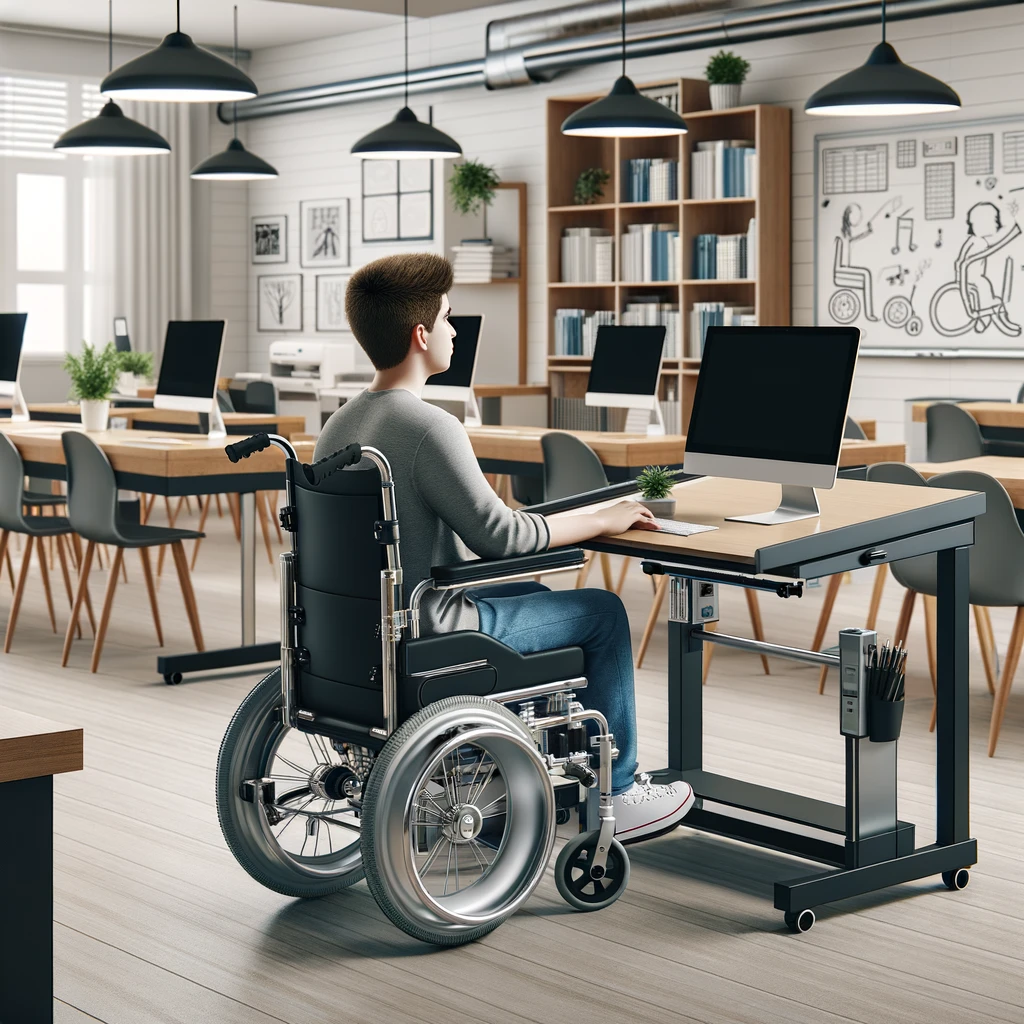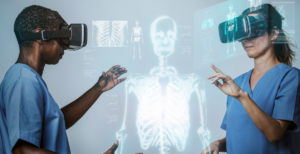Exploring the Transformative Role of Technology in Supporting Diverse Learners
Technological advancements have become key in creating accessible educational environments for students with mobility disabilities. This article highlights how these technologies make physical access easier and enhance learning, allowing students with mobility disabilities to engage fully and independently in their educational pursuits.
Inclusive education is not just a goal but a necessity that ensures all students, including those with mobility disabilities, can access and benefit from the same educational opportunities as their peers. With the rise of adaptive technology, the academic landscape is transforming, allowing these students to overcome physical barriers to learning.
Assistive Mobility Devices: Technologies such as powered wheelchairs and mobility scooters enable students with mobility disabilities to navigate school environments independently. These devices are often integrated with intelligent features like obstacle detection and GPS navigation, enhancing mobility and safety.
Accessible Learning Environments: Adjustable desks, accessible computer stations, and classroom layouts designed with mobility in mind ensure that students with mobility disabilities can participate fully in classroom activities. Technology-driven solutions like automatic door openers and wheelchair-accessible lifts are vital in providing physical access to educational facilities.
Remote Learning Tools: When physical presence in the classroom is challenging, technology such as videoconferencing and virtual classrooms ensures that students with mobility disabilities can continue learning. These tools provide real-time interaction with teachers and peers, bridging the gap caused by physical limitations.
Studies have shown that when students with mobility disabilities access appropriate technological support, their academic performance and participation in class activities increase significantly. For instance, research indicates that using adaptive computer equipment can enhance the writing abilities and test scores of students with physical disabilities.
Schools that have embraced technology to assist students with mobility disabilities report positive outcomes:
- A high school in Oregon introduced adjustable lab tables and accessible computer stations, significantly improving science class participation among students with mobility impairments.
- Jessica, a university student with spinal muscular atrophy, uses a tablet with specialized software to take notes, participate in group projects, and submit assignments electronically, making her educational experience fully inclusive.
While technology has facilitated significant improvements, challenges remain, including the high cost of specialized equipment and the need for ongoing training for educators to use and maintain these technologies effectively. Ensuring that educational institutions are equipped with the latest accessible technology and that staff are trained in its use is crucial for the success of inclusive education programs.
Technology is critical to dismantling many physical barriers that students with mobility disabilities face in education. By investing in intelligent, adaptable tools and creating environments that support their learning needs, educational institutions can allow these students to excel on equal footing with their peers. The journey towards fully inclusive education for students with mobility disabilities continues, with technology leading the way.





